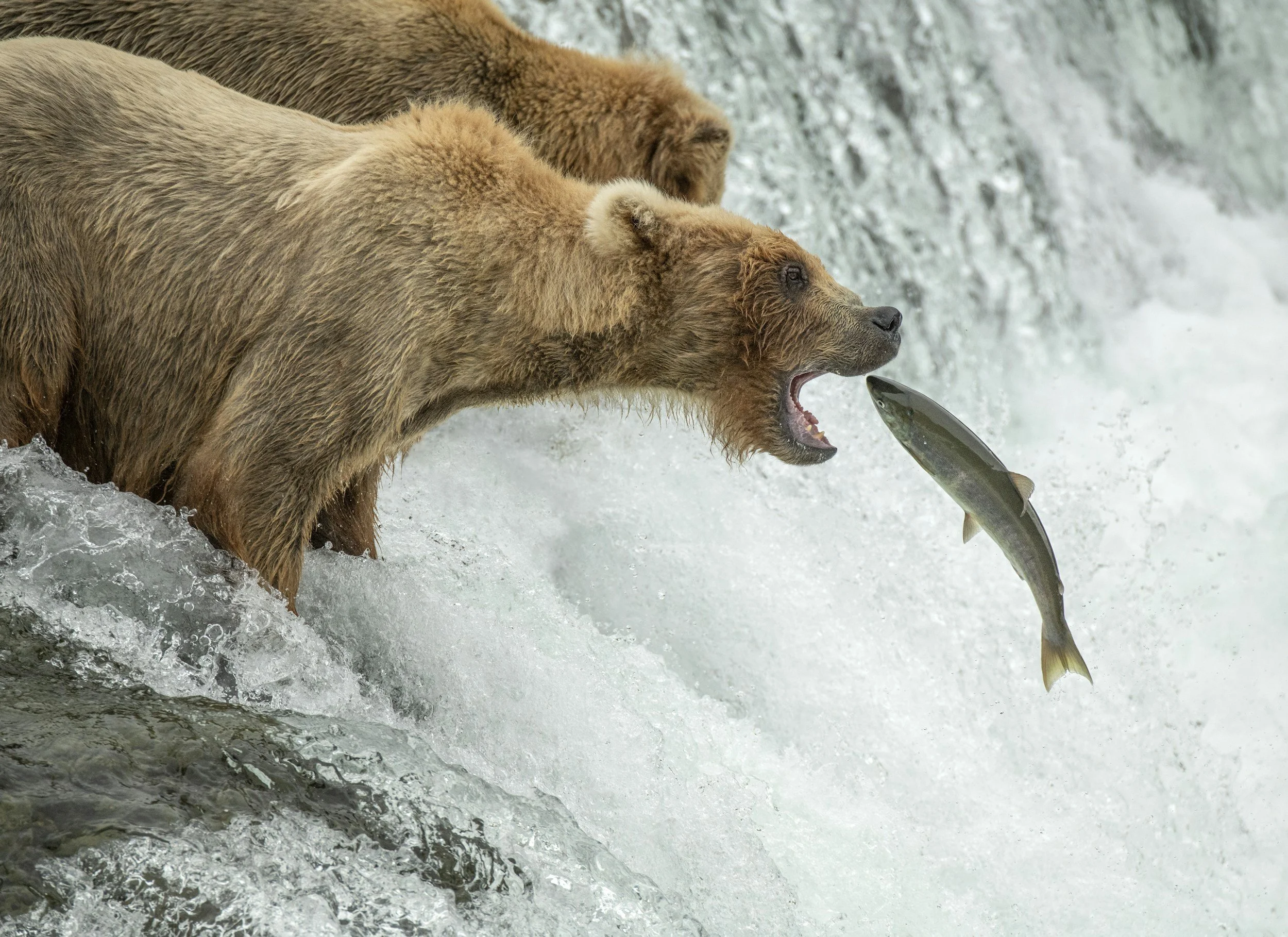Toxic Metals
Toxic Metals, Real Consequences
Heavy metal pollution—like lead, mercury, and cadmium—poses a serious threat to wildlife and ecosystems across the globe. These metals don’t break down in the environment; they accumulate in soil, water, and animal tissues, causing neurological damage, reproductive issues, and widespread ecological disruption. From proper waste disposal and safer product choices to supporting clean energy and wildlife protections, individuals can take meaningful steps to prevent contamination and protect both animals and the environment from long-lasting harm.
Heavy metals like lead, mercury, cadmium, and arsenic might sound like relics of industrial history but, they remain a serious environmental threat today. Found in everything from old paint to car batteries and electronics, these toxic elements don’t break down or disappear. Instead, they accumulate in soil, water, and living tissues, silently poisoning ecosystems and the animals who depend on them.
What Are Heavy Metals?
Heavy metals are naturally occurring elements with high atomic weights and densities, such as:
Lead (Pb): Often from old pipes, ammunition, paint, and gasoline residues.
Mercury (Hg): Released from coal burning, mining, and some industrial processes.
Cadmium (Cd): Found in batteries, plastics, and fertilizers.
Arsenic (As): Common in mining runoff, pesticides, and contaminated groundwater.
In small quantities, some metals are essential to life. But in larger amounts, they can be highly toxic—damaging organs, disrupting hormones, and impairing brain and nerve function.
How Heavy Metals Harm Wildlife
Once heavy metals enter the environment, they stick around. Rain can wash them into rivers and lakes, where they settle in sediments or are absorbed by plants and tiny aquatic organisms. These toxins then move up the food chain, concentrating in the bodies of animals over time through a process called bioaccumulation.
Some of the effects include:
Neurological Damage: Mercury, for example, can severely damage the brains of birds, bats, fish, and mammals. It impairs memory, behavior, and motor control, making animals more vulnerable to predators and less successful at hunting or mating.
Reproductive Problems: Lead poisoning can cause eggshell thinning in birds, infertility, and developmental deformities in young animals.
Organ Failure: Cadmium and arsenic damage kidneys and liver function in many species.
Death of Microorganisms: Soil and water microbes are the first to be affected, disrupting entire food webs and nutrient cycles.
Animals at the top of the food chain—such as raptors, river otters, and large fish—often carry the heaviest burden. But even small, less-visible creatures like earthworms and aquatic insects suffer, which has ripple effects on larger wildlife that depend on them for food.
Environmental Impact
Heavy metal contamination doesn't just harm individual animals—it damages whole ecosystems:
Contaminated Soil: Crops grown in tainted soil may absorb metals, posing risks to herbivores and people.
Polluted Waterways: Fish in mercury-laden rivers may be unsafe to eat, threatening both animals and humans who consume them.
Disrupted Ecosystems: The decline of sensitive species can unbalance food webs and reduce biodiversity.
Because these metals don’t degrade over time, they can affect ecosystems for decades or centuries if left unchecked.
What You Can Do
Thankfully, there are clear steps individuals can take to reduce heavy metal contamination:
Dispose of Waste Properly
Don’t throw batteries, electronics, or old paint in the trash. Take them to a hazardous waste collection site or recycling program.
Never pour motor oil, antifreeze, or chemical cleaners down the drain or on the ground.
Choose Non-Toxic Products
Use lead-free paint and plumbing.
Buy rechargeable batteries and dispose of them at proper recycling points.
Choose mercury-free thermometers and switches.
Limit Use of Fertilizers and Pesticides
Some synthetic fertilizers and herbicides contain cadmium or arsenic. Use organic, low-impact alternatives when possible.
Support Clean Energy
Mercury is released into the air by burning coal. Supporting clean energy sources, like solar and wind, helps reduce this pollution at the source.
Help Clean Up
Participate in local cleanups or environmental monitoring programs.
Encourage local governments and businesses to remediate old industrial sites, where heavy metals often leach into surrounding environments.
Advocate for Wildlife Protections
Support bans on lead-based ammunition and tackle, which poison scavengers like eagles and vultures when they ingest contaminated carcasses or fish.
Every Action Counts
Heavy metal pollution may seem like a massive, invisible problem—but it’s not untouchable. By making smart choices in how we live, consume, and dispose of materials, we can prevent these toxins from entering ecosystems in the first place.
Every battery recycled, every safe product choice, every piece of contaminated waste properly handled makes a difference. And together, those small actions can protect wildlife, water, soil, and future generations from a toxic legacy we can avoid.
Let’s give animals—and ourselves—a cleaner, safer place to thrive.



